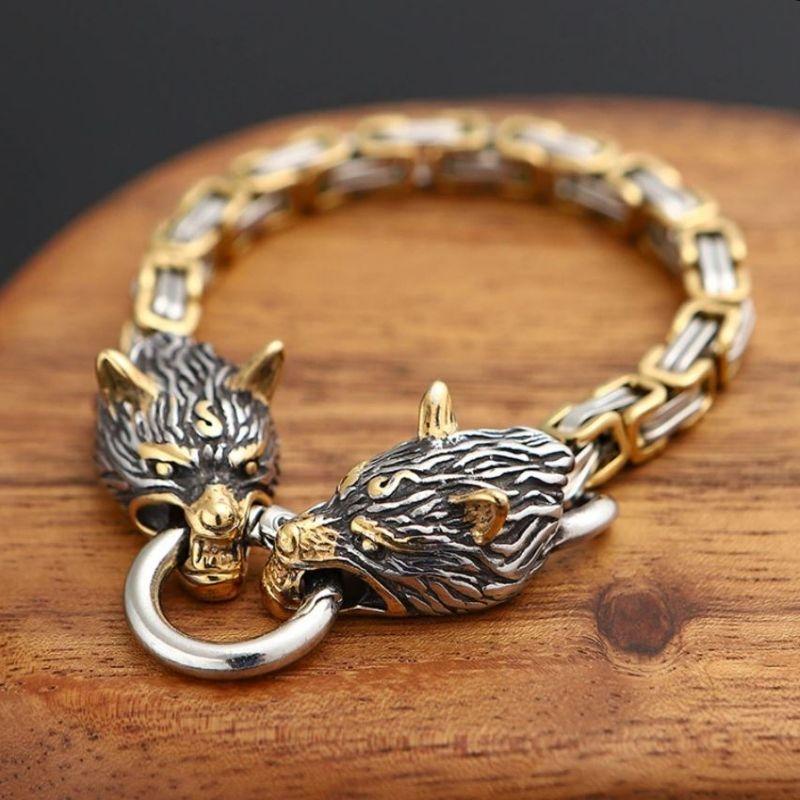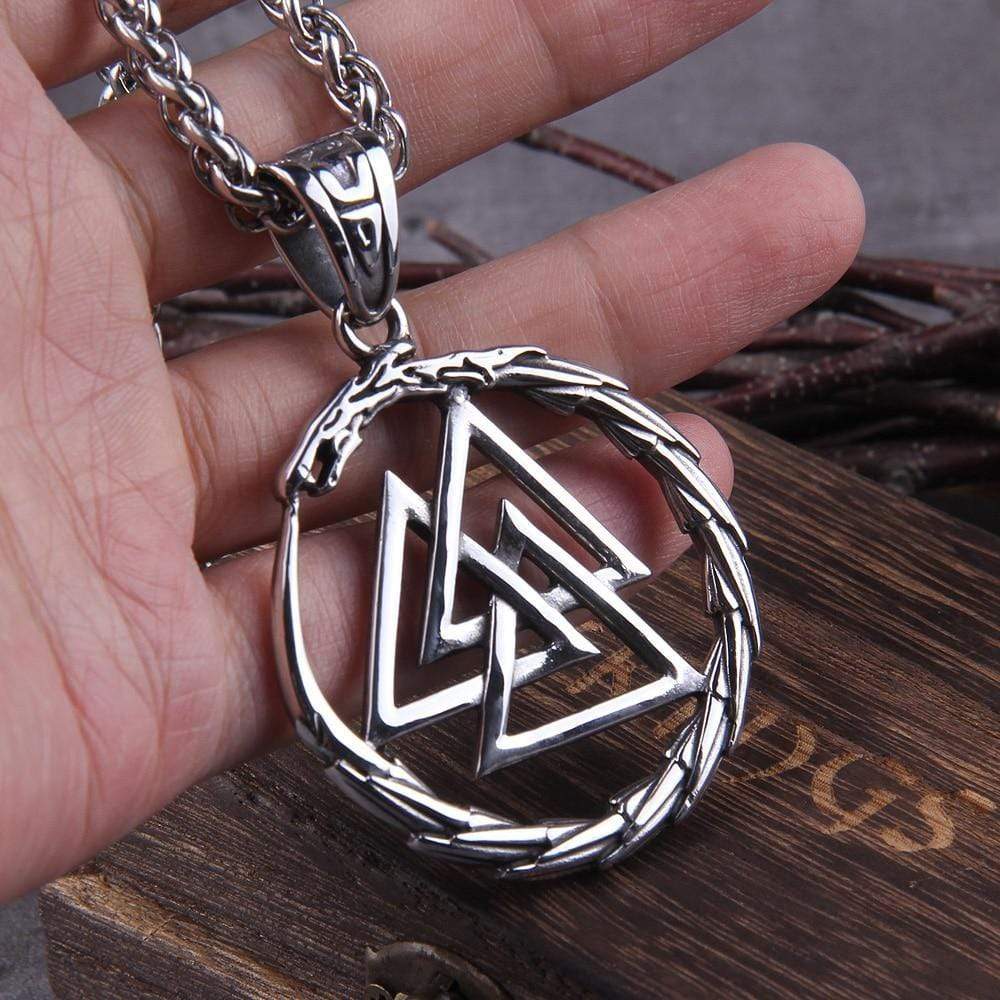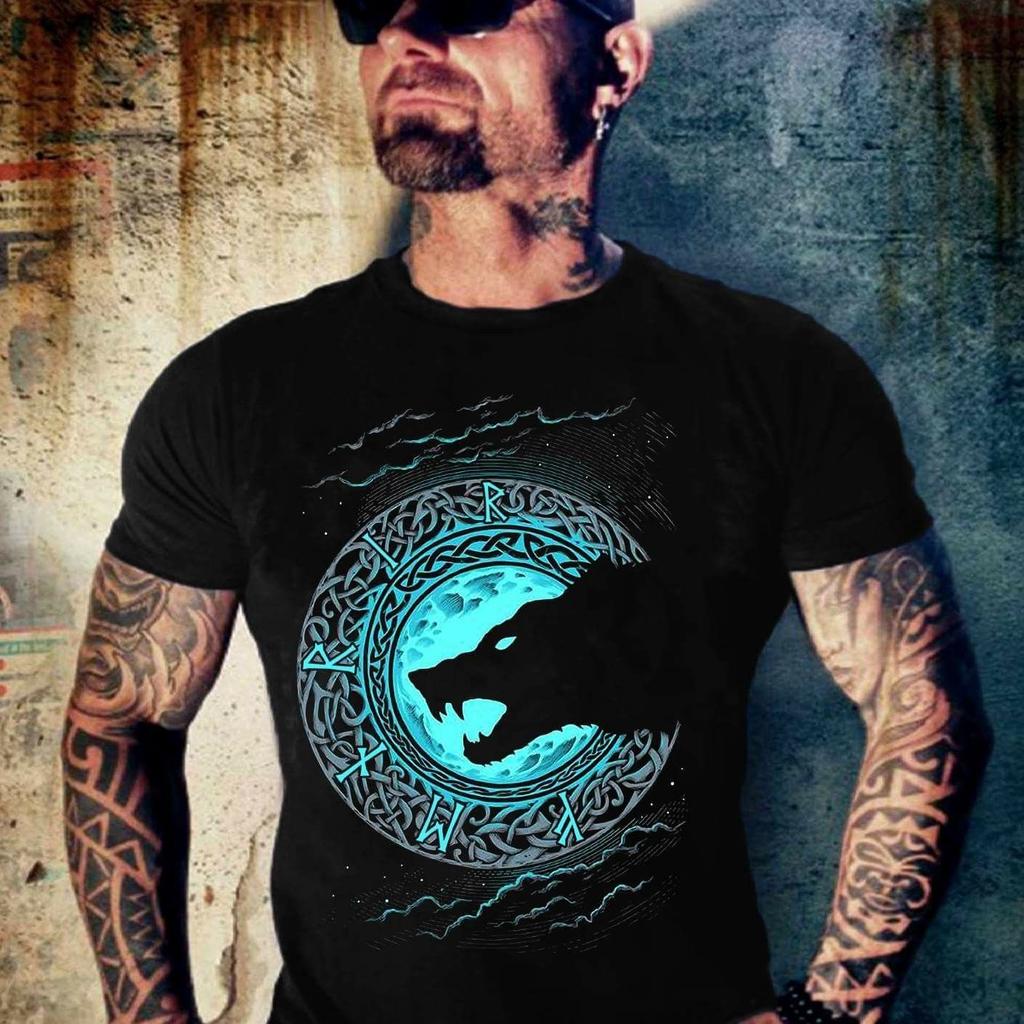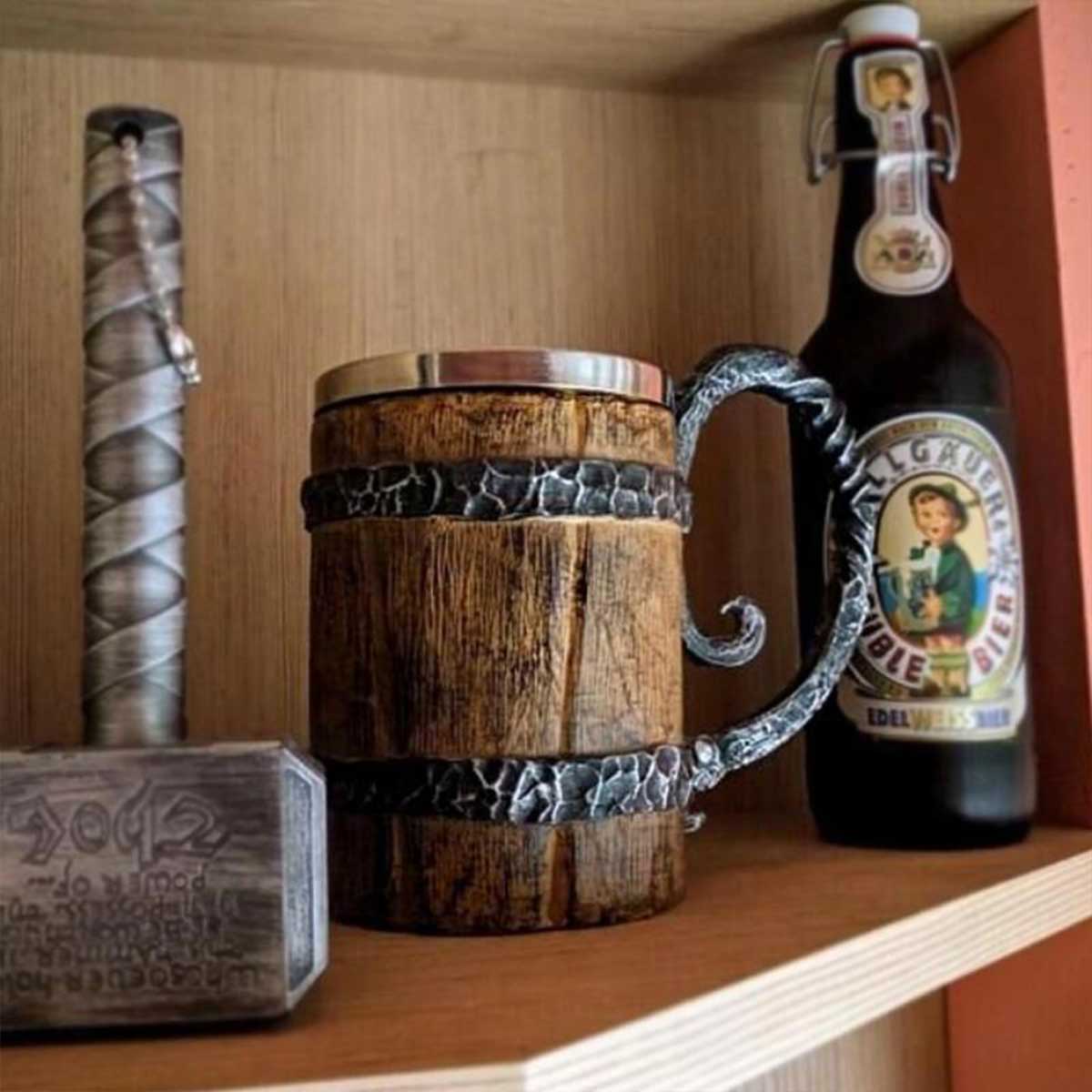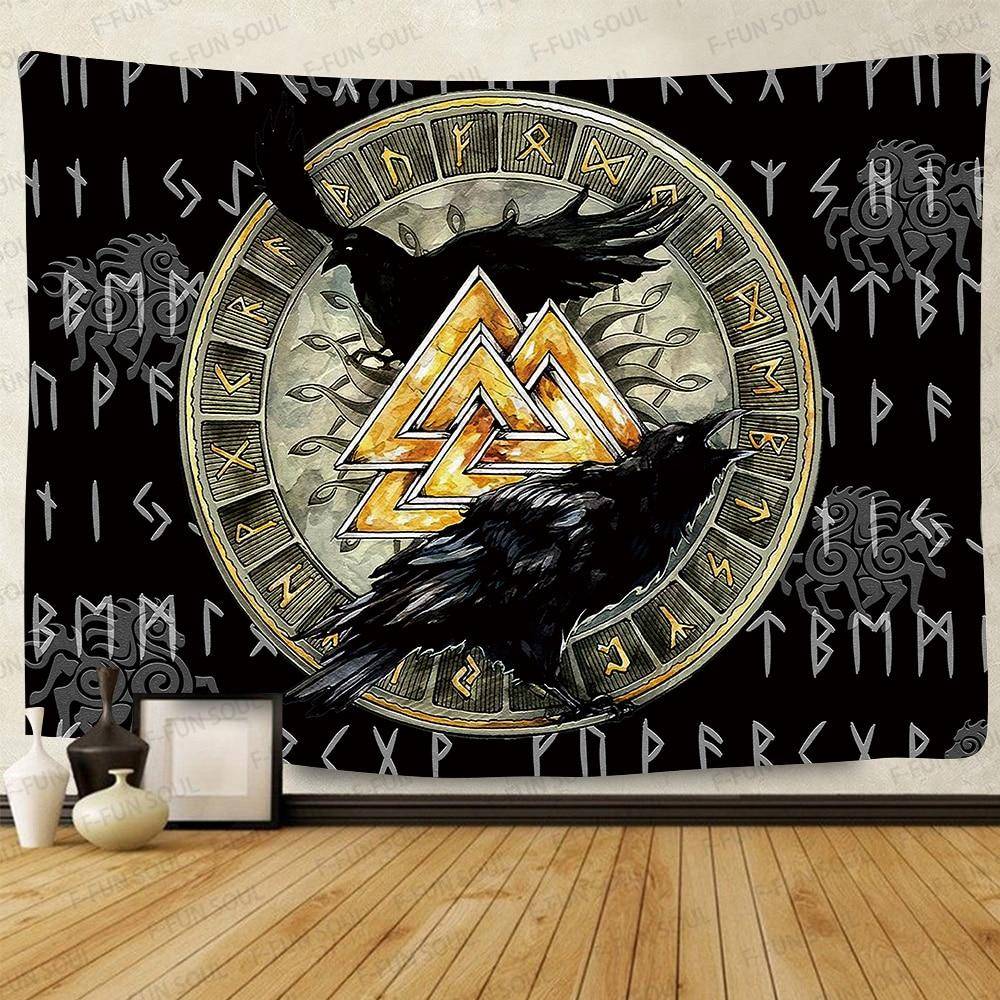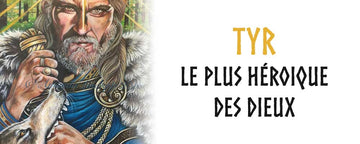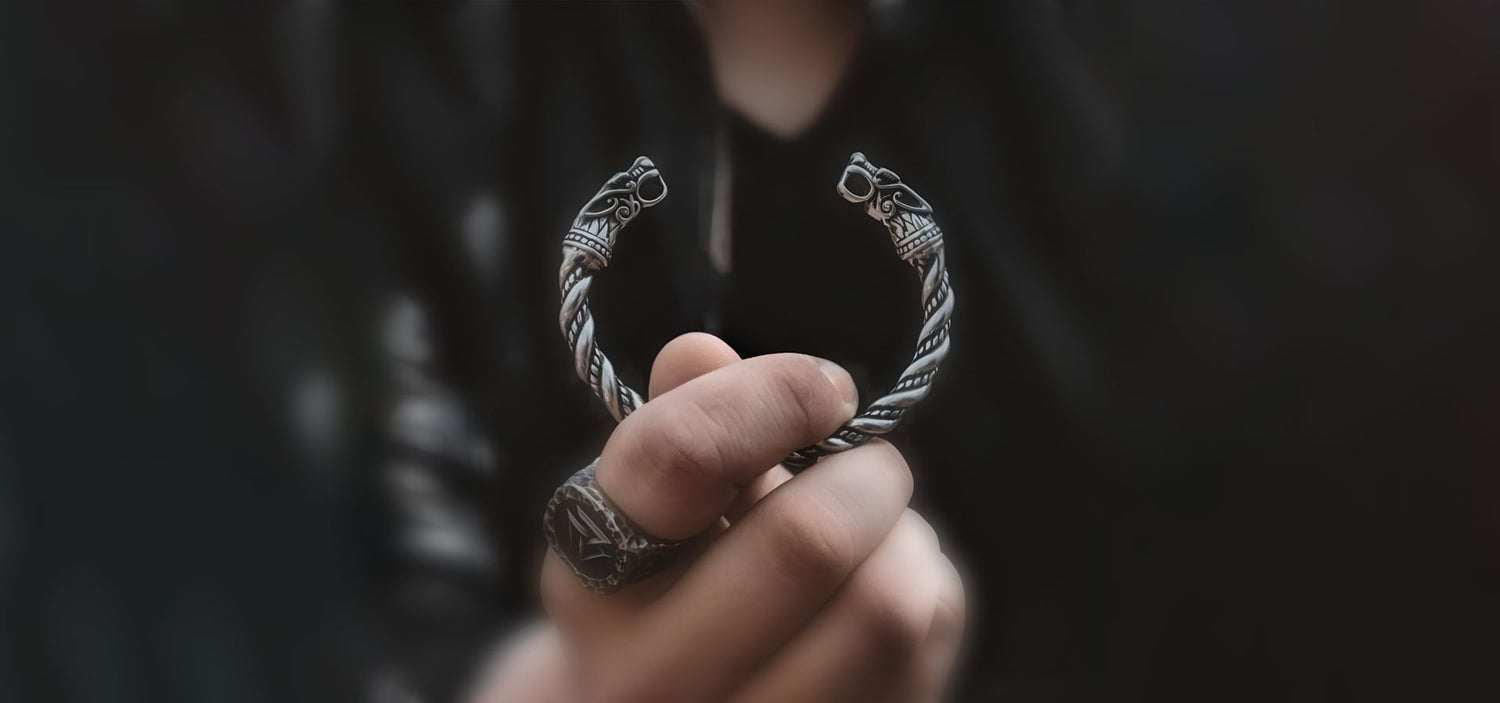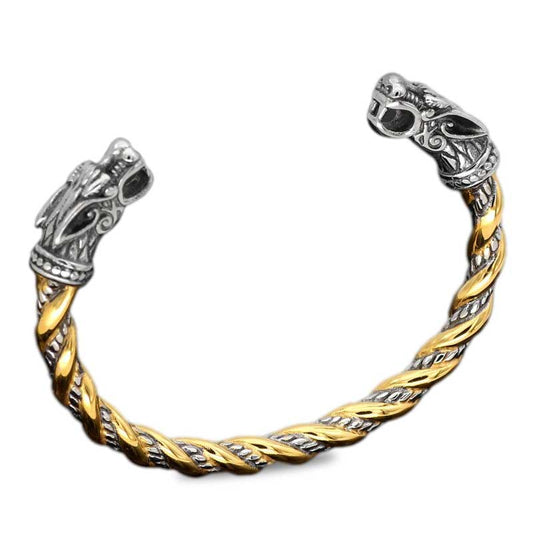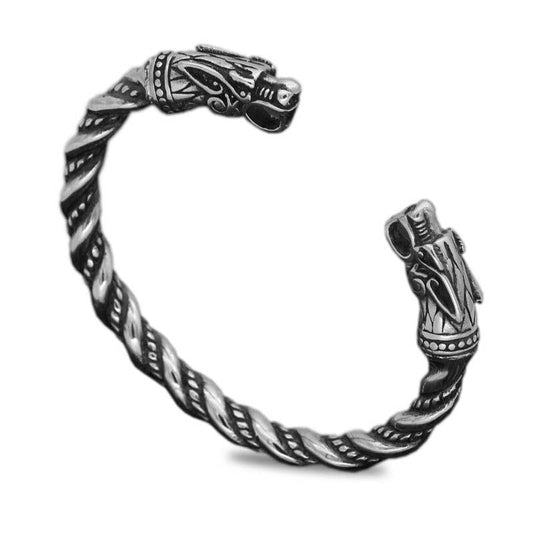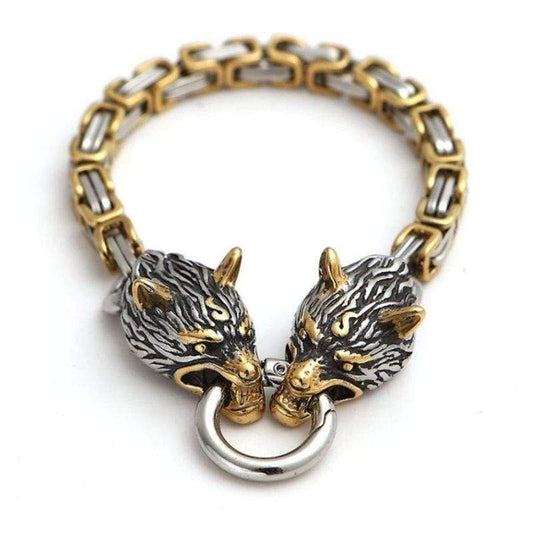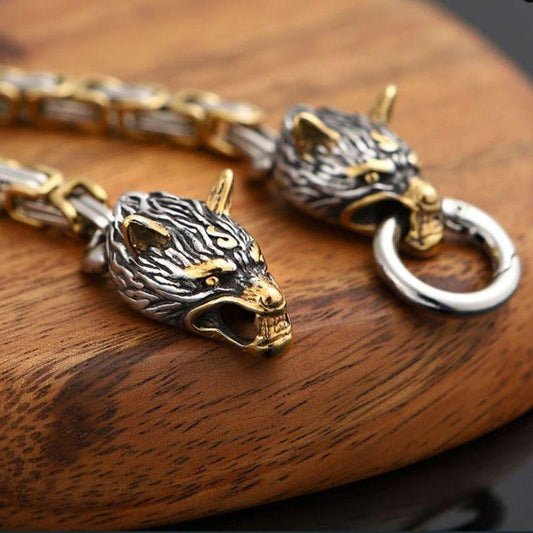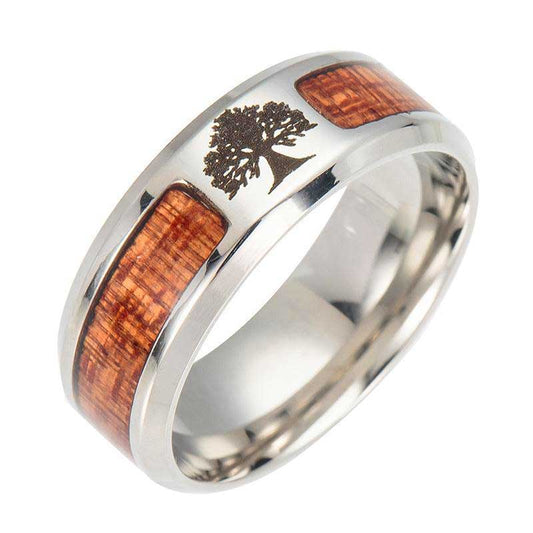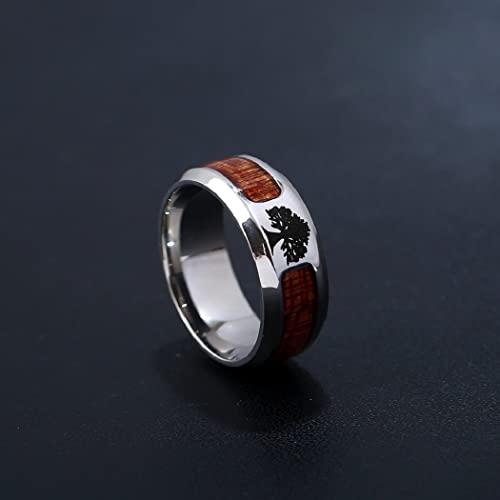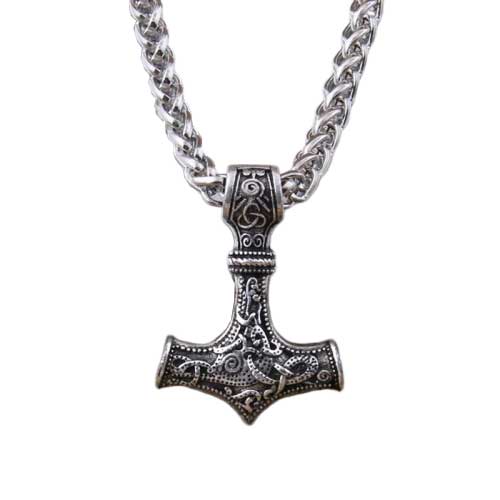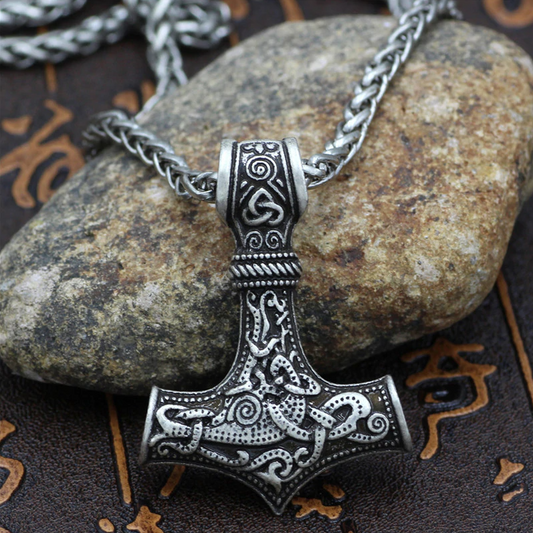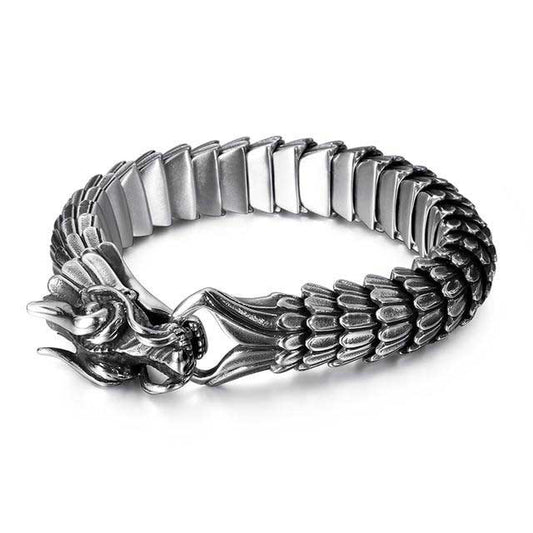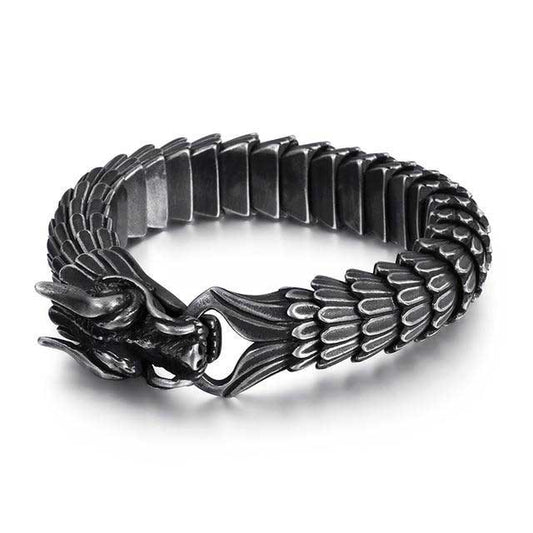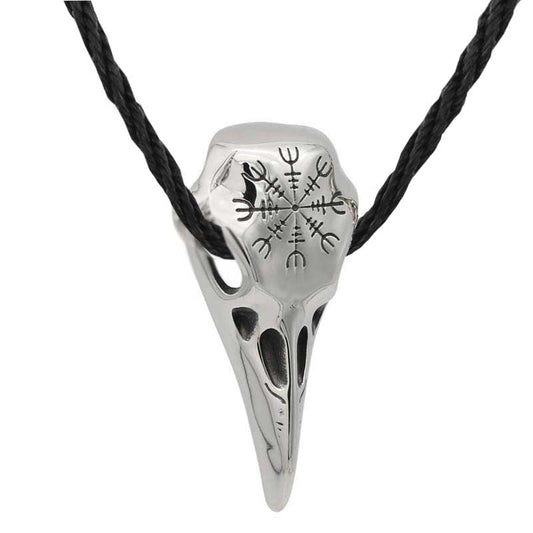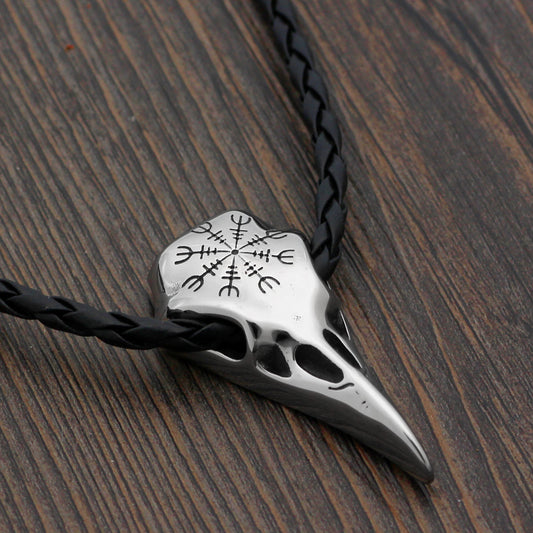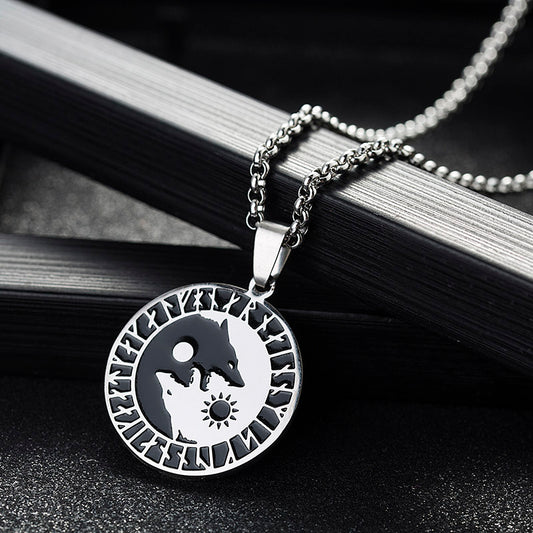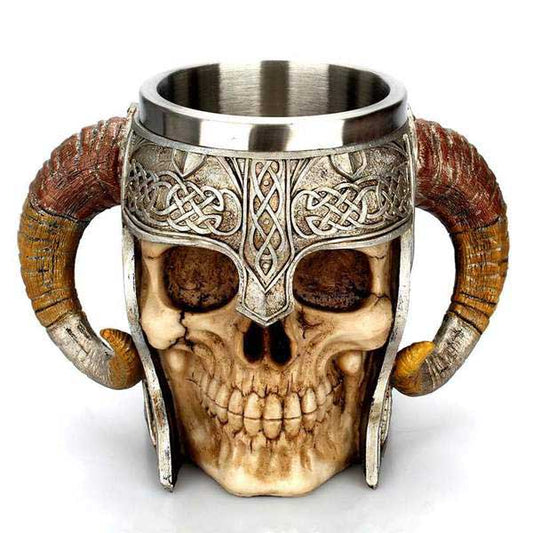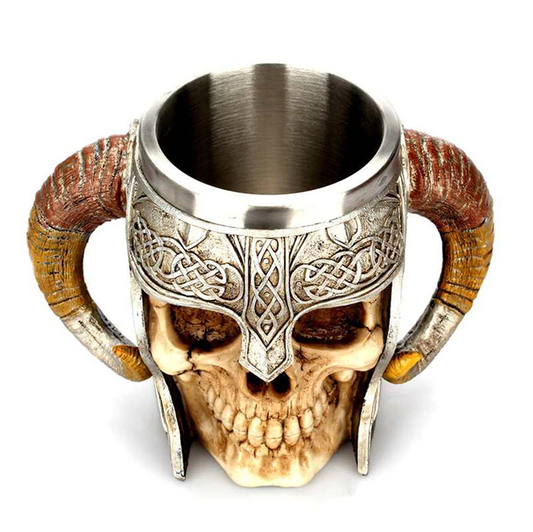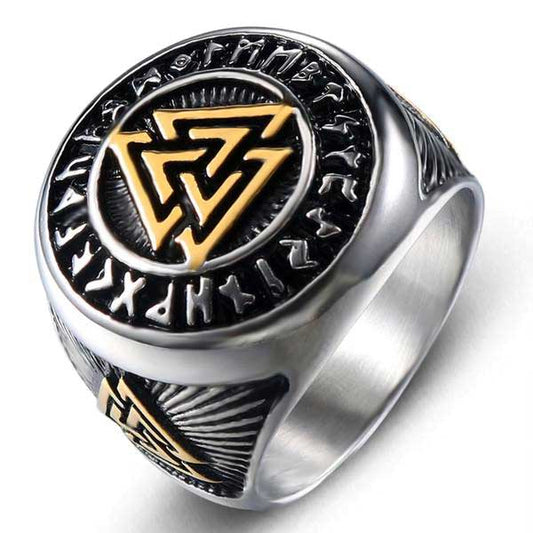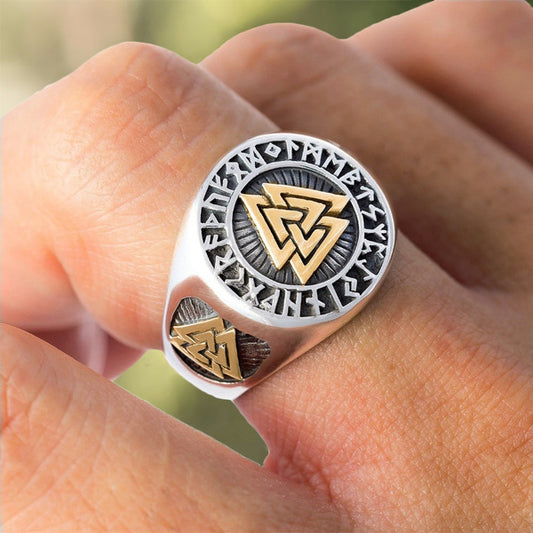The texts on Tire are few. However, the god of the sky and of war is indeed present in Scandinavian legends. He who is the symbol of both justice and legality is considered one of the bravest of the gods . The most heroic, too.
The first name Tyr comes from the Indo-European Deywos , which means "day sky" or "bright sky". This reinforces the idea that he is indeed the god of the sky. In Old Norse, “Tyr” means “god”.
This testifies well to the importance of the god Tyr in Norse mythology . It gives its name to the day of the week Tuesday, in the Germanic languages.
Who is Tyr, the god of war?

Even before being associated with Norse mythology, Tyr is actually originally a Germanic deity . In some sources, Tyr is described as the son of Jötunn Hymir . In others, Tyr is the son of Odin, head of the Aesir clan to which they both belong alongside Thor, Vidar or Loki. Tyr's mother would therefore be Frigg , the goddess of love, marriage and... the sky. The god lives in Asgard, along with his two parents and his brothers.
Very important in the eyes of the Vikings, the god Tyr is often invoked at the beginning of battles to have a chance of winning. Indeed, among the many faculties of the god: that of directing the battles to the advantage of his own and of warding off the forces of evil .
In the Edda, Tyr is described thus: “He is the most courageous and the most valiant, and he has great power over victory in battles. It is good for men of action to pray to him. »
Why and how did the god Tyr lose his hand?
Snorri's Edda is arguably one of the only written sources to speak of Tyr's history. It relates, among other things, how the god of war lost his right hand in chapter 34 of Gylfaginning.
The story of Fenrir and Tyr

The wolf Fenrir, son of Loki, has always been known as the one who would help destroy the cosmos during Ragnarök . So when he became an adult, tall and fierce, the gods decided to chain him.
For this, the Aesir try a first time to gang up against the monster, in vain. Fenrir breaks his chain with a kick . The gods tie him up a second time, with an even stronger chain, but the wolf again manages to free himself.
Odin and the other gods are really starting to worry and everyone is wondering if they can really get away from Fenrir. Tyr then sends a message to the dark elves asking for their help. The latter create a magical bond to help the gods, the Gleipnir, made from the sound of cat footsteps, woman's beard, mountain roots, bear nerves, fish breath and spitting bird.
Once the monster is chained with this silk-like ribbon, the Aesir put it to the test of breaking it, as it did with the two previous links. But Fenrir, before submitting to the test, claims that one of the gods puts his hand in his mouth as a sign of good faith.
Only Tyr has the guts to accept Fenrir's deal . He then advances towards the wolf, and places his right hand in its mouth. Fenrir, at the same time, pulls with all his strength on the link to try to get rid of it. But the more he struggles, the more the lace stiffens. Angry after being trapped by the gods , the monster rips off the hand of Tyr , who had bravely sacrificed himself for his own.
The Aesir then continue to attach the bonds to the ground, looping them through a giant stone slab. Fenrir therefore remains attached in this way until Ragnarök , the prophetic end of the world in Norse mythology.
The other legends around the god Tyr
Very little mentioned in mythological texts, the god Tyr actually appears in three major myths . In the caption that tells how he lost his arm, first. Then in two more.
Tyr appears in the Hymiskvitha , an unfinished work. In this tale, the god Thor searches for a legendary kettle. Big enough to brew massive amounts of beer.
Tyr assures his half-brother that Hymir has the coveted object in his possession . They then both go to the giant, absent from his home at the time. The latter's mother quickly advises the two gods to hide to avoid Hymir's wrath. Which they do immediately by slipping into one of the giant's monstrous kettles.
When Hymir finally returns home, he kicks his kettles hard and the gods find themselves exposed . Hymir becomes frightened at the sight of the mighty Thor and requests three oxen to be cooked for his guests. Thor eats two and takes the other as bait, saying he will use it when he goes fishing with Tyr the next day. And it is at this stage of the text that Tyr disappears from the story.
The god Tyr is mentioned again in the poem Lokasenna . Here the gods hold a grand banquet . Loki then erupts there and engages in an insult contest . After he asks to sit down with the gods, Vidar leaves him his place and his drink.

But the introduction of the text specifies that “Tyr was present, even if he had only one hand because the wolf Fenrir had recently torn off the other”. And that the god comes to Freyr's defense after Loki insults him.
How did the god Tyr die?

It was during Ragnarök , like many other gods, that Tyr died. As recounted in chapter 51 of the Gulfaginning, the god of war battles Hel's guardian dog, Garm .
The event is described as follows in the texts: “Then will also be released the dog Garm who is tied in front of the cave of Gnipahellir; it is the most terrible monster there is. He will face Týr, and they will kill each other. »
However, according to some historians and specialists in Norse mythology, Garm and Fenrir are in truth one and the same figure .
Indeed, it seems very plausible that Tyr is destined to fight the giant wolf during Ragnarök, the very one that ripped his hand off after being chained by the gods.

